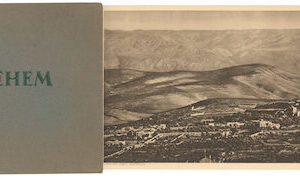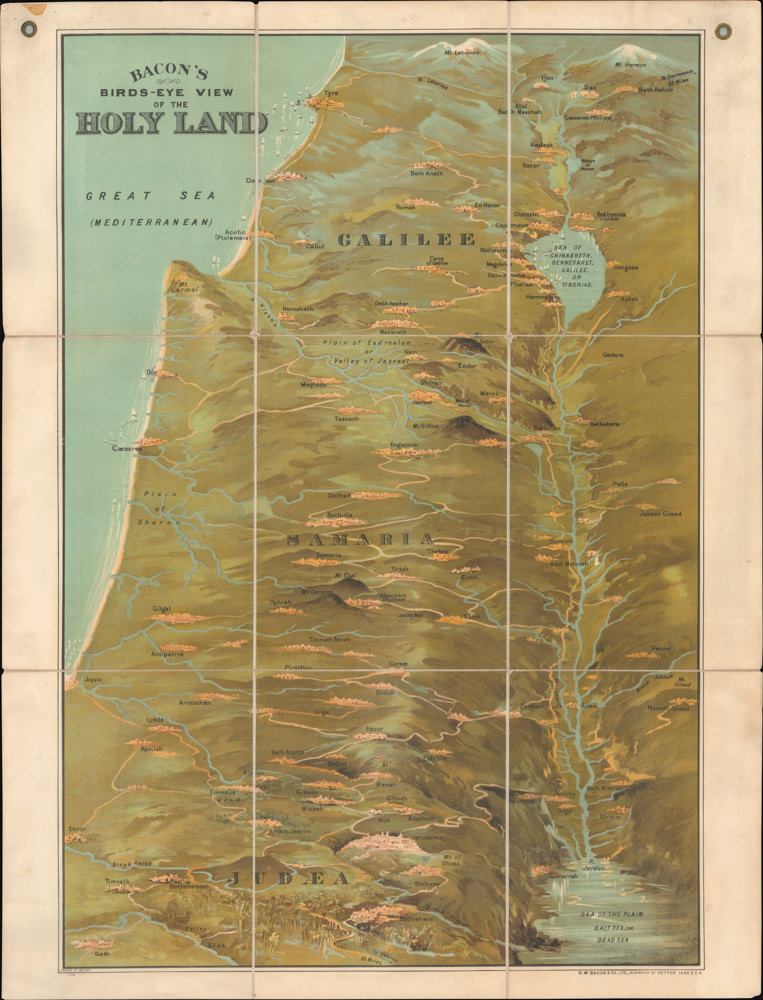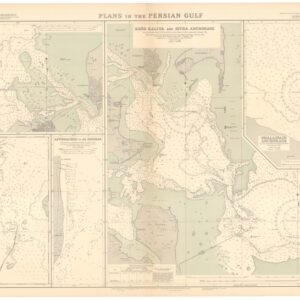Cold War Propaganda Map Depicting the Arab–Israeli Conflict and Superpower Rivalry.
[Persuasive Cartography] Die Araber, Israel und die Supermächte.
$1,400
1 in stock
Description
This is a striking, large-format Cold War-era geopolitical infographic map of the Arab-Israeli conflict, published in Germany under the imprint AJL – Die aktuelle JRO-Landkarte, circa 1973. Designed for widespread consumption and educational use, the map falls under the category of Persuasive Cartography. It outlines the Arab-Israeli conflict up until that point, emphasizing the role of U.S. and Soviet superpower involvement and the strategic leverage of Middle Eastern oil.
The map combines chronological mapping, political commentary, and resource analysis, creating a bold, visually-driven narrative intended to shape West German public opinion during the height of Cold War tensions and the 1973 Yom Kippur War.
Persuasive Political Cartography
The map’s title, “The Arabs, Israel, and the Superpowers,” sets the stage for a simplified yet ideologically-charged narrative. In a timeline of six main maps, it traces the transformation of the region from the British and French mandates of 1921, the 1922 and 1947 partition plans, the creation of Israel in 1948–49, and the 1967 Six-Day War and its territorial aftermath.
Each map uses a clear color scheme: green for Arab territory, pink for Israel, and red diagonal stripes for disputed or occupied lands. A seventh map in the lower right corner illustrates Israel’s demand for “secure borders” post-1967, setting the stage for the Fourth Arab-Israeli War, as labeled in bold at the bottom right—an unmistakable reference to the Yom Kippur War, which erupted shortly after this map’s likely publication.
Superpower Rivalry
At the top right, a bold graphic compares U.S. and Soviet involvement in the region. The United States is shown supplying Israel with $3.9–4.1 billion in aid, while the Soviet Union delivers an estimated $12–14 billion to Arab states. Political diagrams emphasize Soviet anti-Israel alignment and warn of ideological manipulation via arms shipments and diplomatic backing.
In the lower left, a large circular flow map visualizes Arab oil exports by volume and destination. Western Europe is highlighted as particularly vulnerable—importing 700 million barrels annually from Arab nations, or roughly 72% of its total supply. This section, titled “Arabische Erdölsperre” (“Arab Oil Blockade”), makes a pointed geopolitical argument: the West’s dependence on Arab oil poses a strategic threat to its friendship with Israel.
Census and Rarity
This map is rare on the market and appears to have been produced in limited numbers for educational and civic distribution within West Germany. We are unable to trace this example in any major institutional collections via OCLC, WorldCat, or the Library of Congress. No examples are noted in auction records or trade listings over the past 10 years.
Its ephemeral nature, combined with its overt political messaging and large format, probably meant that few copies were preserved. It offers valuable insight into West German public discourse, Cold War-era Israel advocacy, and the interplay of cartography and propaganda in late 20th-century Europe.
Cartographer(s):
AJL – Die aktuelle JRO-Landkarte appears to have been a West German imprint specializing in Cold War-themed educational wall maps, though little is known about its precise corporate identity or output volume. Their maps, though ephemeral, offer rich insights into the political visual culture of the era.
Condition Description
Overall good. Wear and splitting along fold lines.
References
![[Jerusalem Drawing]](https://neatlinemaps.com/wp-content/uploads/2023/05/NL-01488_thumbnail-300x300.jpg)



